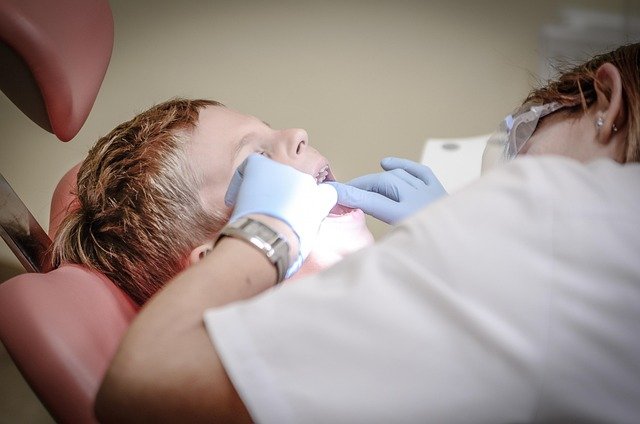Local supplier networks and equipment standards for incoming clinicians
Incoming dental clinicians must quickly understand how local supplier networks and equipment standards affect clinical practice. This article outlines practical considerations — from licensure and credentialing to supplier selection, telehealth tools, and staffing implications — to help clinicians integrate safely and efficiently in a new area.

Incoming clinicians joining a dental practice need more than clinical skills: local supplier networks, equipment standards, and administrative systems shape day-to-day care. Understanding licensure pathways, credentialing requirements, and local accreditation can reduce onboarding delays. Equally important are reliable suppliers, clear contracts, and consistent records management so clinicians can meet compliance expectations and maintain patient safety.
This article is for informational purposes only and should not be considered medical advice. Please consult a qualified healthcare professional for personalized guidance and treatment.
Licensure and accreditation expectations
Licensure remains the foundational requirement for any clinician moving into a new jurisdiction. Local licensing boards set scope of practice, regulated procedures, and often require proof of accreditation or continuing education. Incoming clinicians should confirm that their certification and academic credentials are recognized locally, and whether additional state or regional accreditation is needed. Early contact with the licensure board helps identify examinations, paperwork, and timelines that affect start dates and contract negotiations.
Credentialing, certification, and records
Credentialing processes verify training, certification, and clinical privileges; they also tie directly into digital and paper records. Clinics typically request primary source verification of degrees, certifications, malpractice history, and references. Accurate, portable records ease credentialing — maintaining clear vaccination, CPR, and specialty certification documents reduces administrative friction. Robust records systems also support compliance and audits, making it simpler to demonstrate clinician qualifications during routine inspections.
Relocation, immigration, and taxation basics
Relocation for clinicians can involve immigration paperwork, local taxation rules, and logistical hurdles. Clinicians relocating from abroad should verify visa or work-permit requirements and how immigration status affects licensure. Taxation rules vary by jurisdiction and can influence contract terms and take-home pay; consult a tax advisor familiar with professional relocations. Planning for housing, transport, and local services helps clinicians settle more quickly and focus on clinical responsibilities.
Compliance, contracts, and staffing agreements
Contracts should clearly outline clinical responsibilities, indemnity, and expectations around compliance with local regulations. Staffing agreements often include clauses about who is responsible for equipment maintenance, supplier relationships, and record retention. Ensure contracts define reporting structures, supervision requirements, and responsibilities for continuing education. Clear compliance protocols around infection control, waste disposal, and equipment calibration protect both patients and clinicians, and reduce regulatory risk.
Local supplier networks and equipment standards
Supplier networks influence equipment availability, warranty coverage, and service response times. Practices typically work with regional distributors for major equipment, consumables, and instruments; understanding preferred suppliers in your area can speed procurement. Equipment standards — including calibration, preventive maintenance schedules, and certification of sterilization processes — must match local regulations and accreditation expectations. Engaging with procurement staff early clarifies lead times for essential items and who handles returns, repairs, or upgrades.
| Provider Name | Services Offered | Key Features/Benefits |
|---|---|---|
| Patterson Dental | Dental equipment, supplies, practice management software | Broad product range, national distribution, service contracts and financing options |
| Henry Schein | Consumables, instruments, equipment, repair services | Global supply chain, inventory management solutions, clinical support resources |
| Dentsply Sirona | Dental devices, imaging, CAD/CAM systems | Manufacturer-level warranties, technical support, product training |
Telehealth integration and digital records
Telehealth tools and digital record systems are increasingly part of clinical workflows. Telehealth can support triage, follow-up, and remote consultations but must comply with local telemedicine regulations and licensure rules across jurisdictions. Digital records need secure access controls, interoperability with local labs and imaging centers, and retention policies aligned with compliance requirements. When integrating telehealth, confirm that supplier contracts cover software updates, data backups, and support for secure communications between clinicians and patients.
Conclusion
Incoming dental clinicians benefit from a structured approach to local supplier networks and equipment standards: confirm licensure and certification, prepare credentialing and records, address relocation and taxation needs, and clarify contractual and compliance responsibilities. Establishing reliable supplier relationships and maintaining equipment to local standards supports consistent care delivery and reduces operational interruptions.






